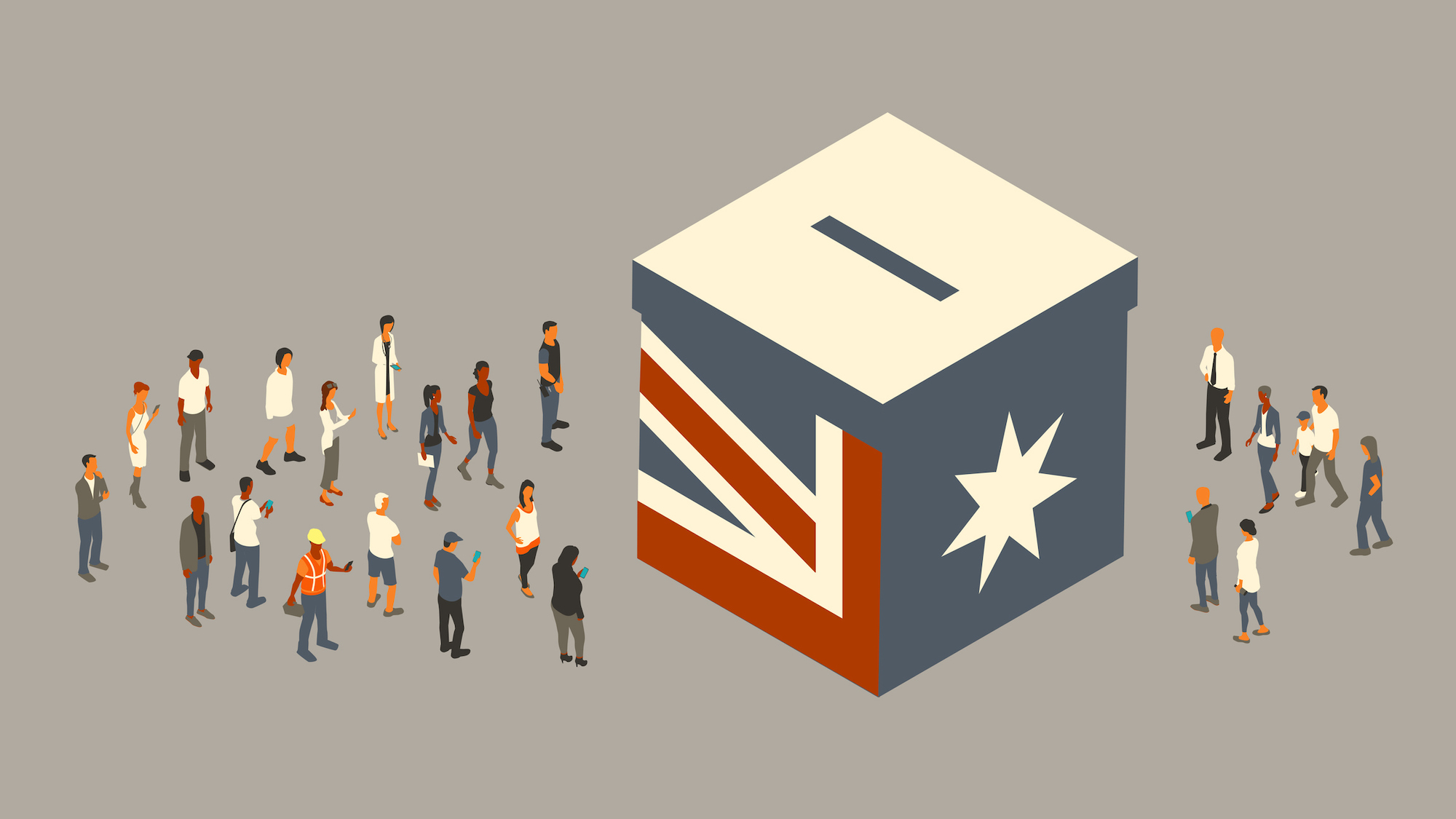
The risks and returns of cryptocurrencies
The cryptocurrency ecosystem continues to grow and attract more interest across the globe. It is becoming progressively intertwined with traditional financial markets, evidenced by a steady increase in the number of managed funds holding cryptocurrency assets on their balance sheets. FinTech expert Will Banks looks at the risks and returns.


 Dr Kate Galloway
Dr Kate Galloway
